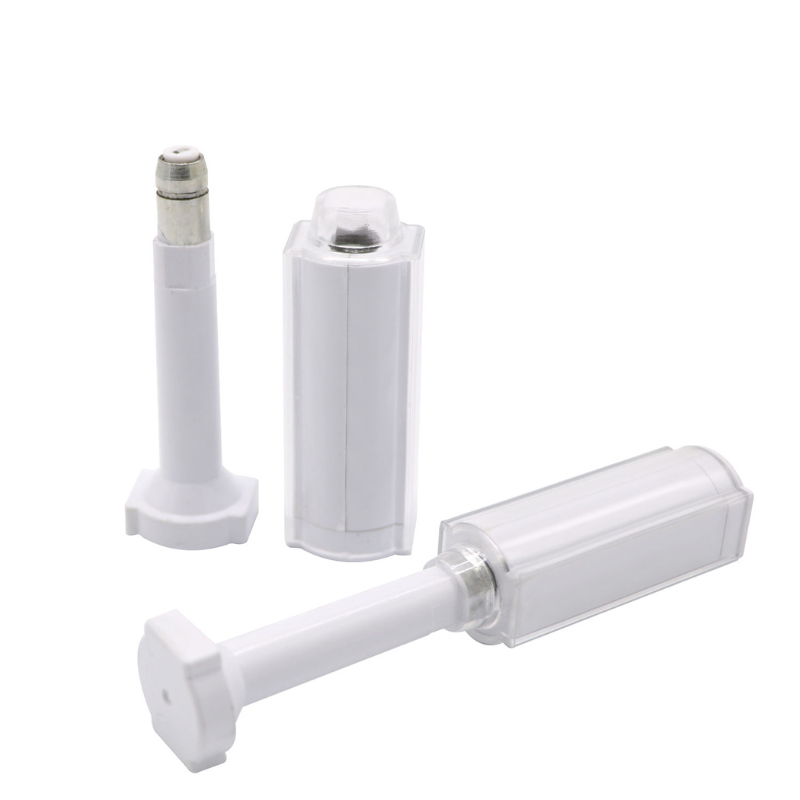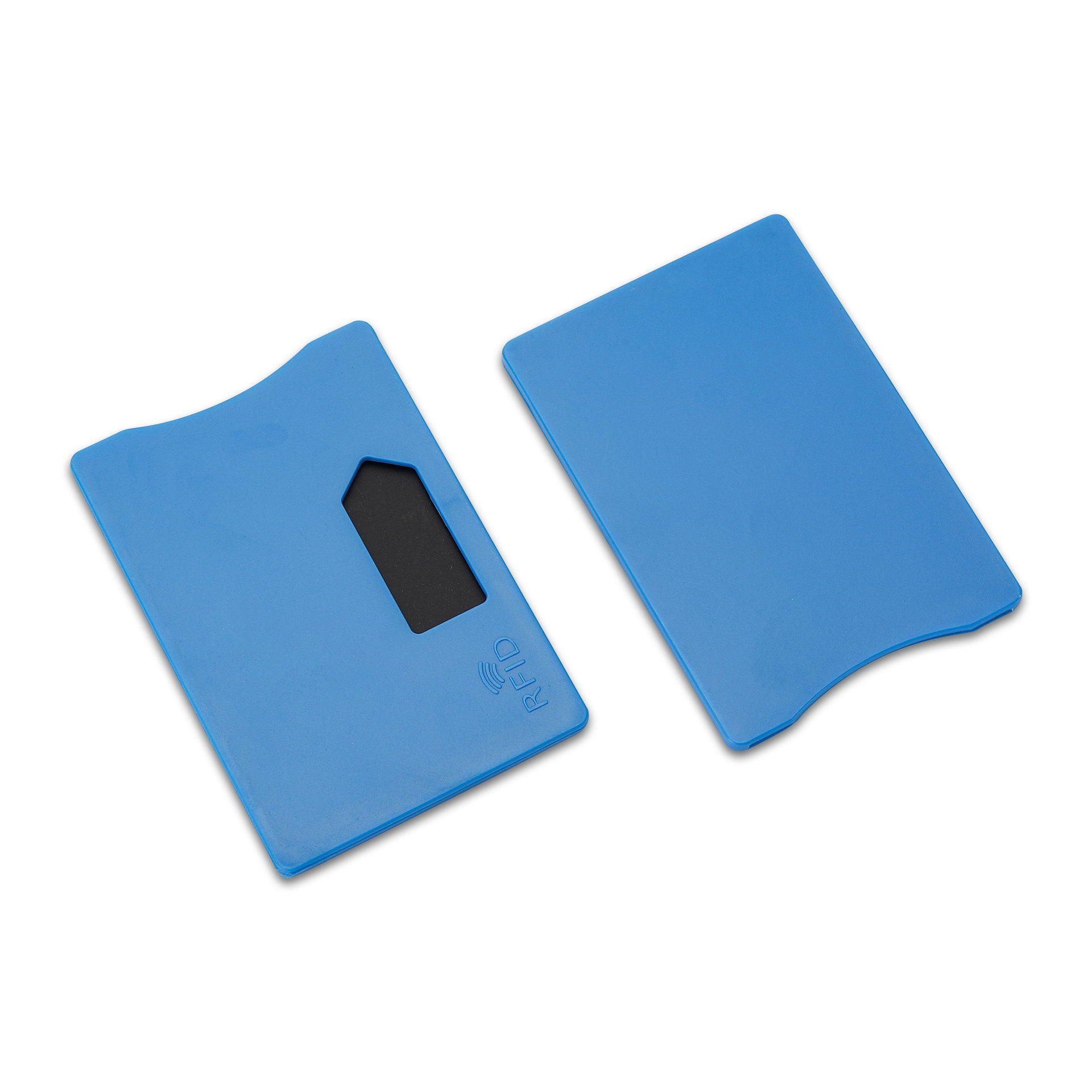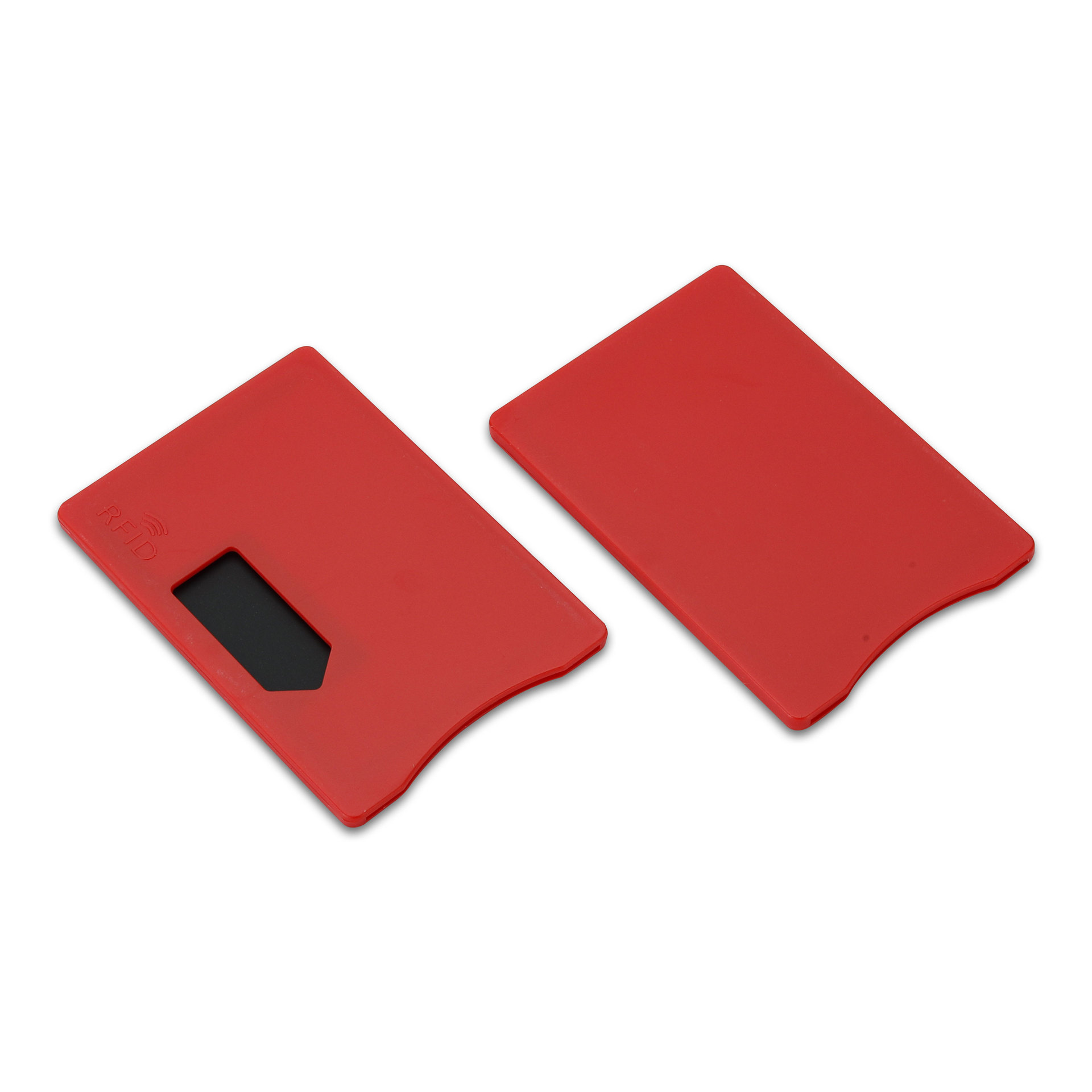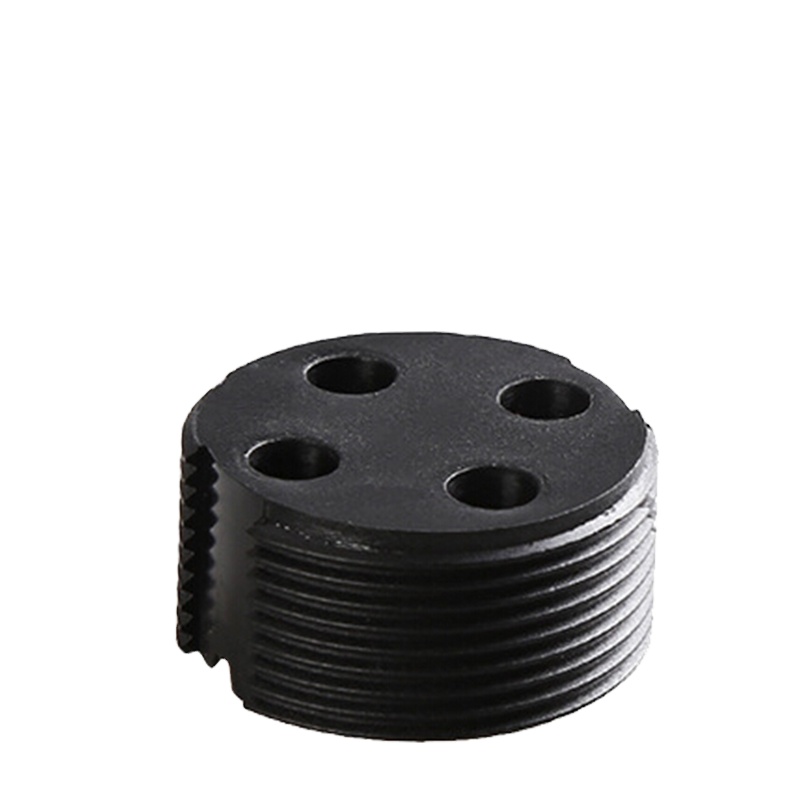
Enhancing Restaurant Operations with RFID Technology
Table of Contents
Introduction
This comprehensive guide explains how RFID in restaurant operations is transforming everything from food safety to customer service—and why your restaurant should be next to adopt it.

What Is RFID Technology and How Does It Apply to Restaurants?
RFID (Radio Frequency Identification) is a wireless technology that uses radio waves to read and capture information stored on tags attached to objects. Unlike barcodes, RFID tags can be scanned without direct line of sight, making them faster and more reliable.
Key RFID Components:
- RFID Tags – Placed on food containers, shelves, trays, uniforms, etc.
- RFID Readers – Fixed or handheld devices to scan tags in real time
- RFID Software – Connects to POS, inventory, or kitchen display systems
Benefits of RFID Technology in Restaurant Operations
| Function | How RFID Helps |
|---|---|
| Inventory Management | Automates real-time tracking of perishables, ingredients, and kitchen tools |
| Food Safety Compliance | Tracks temperature-sensitive items; monitors expiration and recalls |
| Order Accuracy | Helps manage table-to-kitchen tracking and food prep routing |
| Waste Reduction | Identifies spoilage trends and optimizes portion control |
| Labor Efficiency | Reduces manual stock counting and staff checklists |
| Customer Experience | Enables fast table turnover, contactless check-in, and accurate orders |
RFID Technology Use Cases in Restaurants
1. Ingredient-Level Inventory Tracking
RFID tags on ingredient containers and delivery boxes allow kitchen staff to scan and verify stock without opening each item. No more blind spots in inventory or late-night shortages.
2. Cold Chain Monitoring
Use RFID with integrated temperature sensors to monitor cold storage units. Set alerts for temperature breaches and automate compliance logs.
3. Table & Tray Tracking
Tag each order tray to track it from kitchen prep to table service. Helps ensure timely delivery and reduces misrouted plates.
4. Uniform & Linen Management
Track employee uniforms and kitchen towels through the laundry cycle to reduce shrinkage and ensure hygiene compliance.
5. Contactless Guest Entry
Some restaurants use RFID wristbands or cards for customer identification, enabling seamless table check-in, loyalty programs, and cashless payments.
How to Implement RFID Technology in Your Restaurant
| Step | What to Consider |
|---|---|
| 1. Define Your Goals | Inventory accuracy? Food safety? Automation? |
| 2. Choose RFID Tags | Use high-temp or waterproof tags for kitchen use |
| 3. Install Readers | Place at stock rooms, kitchen lines, POS, or delivery docks |
| 4. Integrate With Software | Link to inventory system, POS, or ERP |
| 5. Train Staff | Ensure team understands scanning, handling, and hygiene protocols |
RFID Tag Types for Restaurants
| Tag Type | Use Case |
|---|---|
| High-temp Hard Tags | Pots, utensils, hot kitchen zones |
| Waterproof Adhesive Tags | Storage bins, fridges, washable containers |
| Temperature-Logging Tags | Cold chain & freezers |
| RFID Wristbands | Customer access, payment, or loyalty |
| UHF Tags | Long-range tracking of trays, carts, or bulk stock |
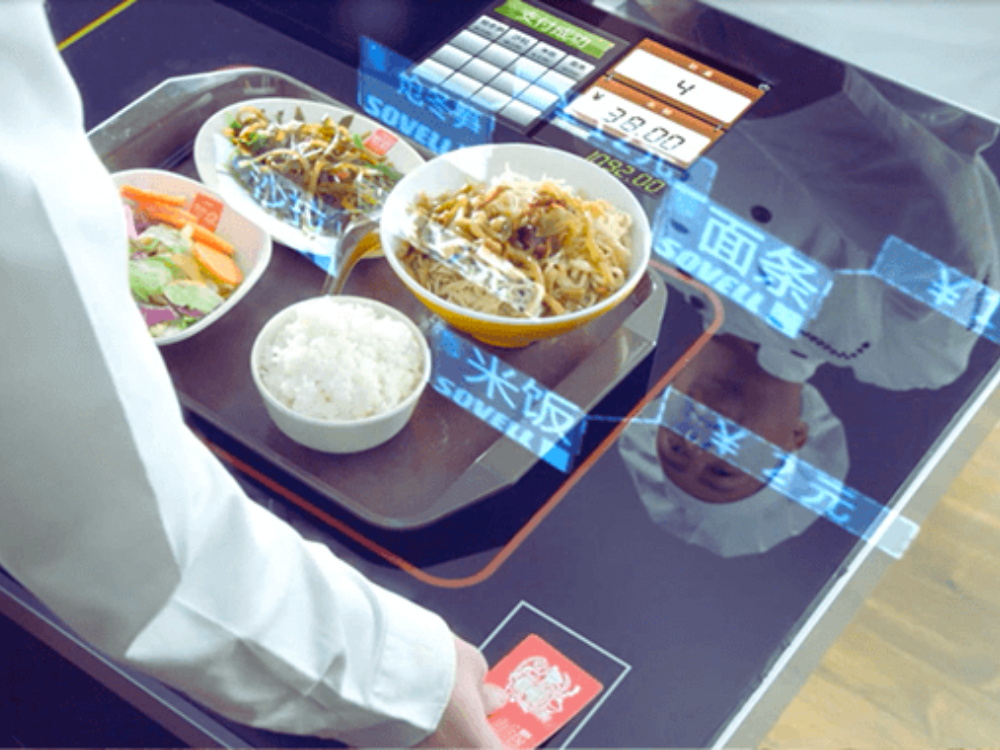
Case Study: RFID Technology in a Multi-Unit Restaurant Chain
A regional quick-service restaurant chain implemented UHF RFID tags on all ingredient containers and trays. They integrated RFID readers at:
- Receiving docks
- Cold storage rooms
- Kitchen prep zones
Results after 3 months: - Reduced food waste by 22%
- Cut manual inventory time by 70%
- Improved order accuracy by 18%
FAQs – RFID in Restaurants
Is RFID safe for use around food?
Yes. Food-grade RFID tags are compliant with FDA and CE standards. Many tags are heat- and moisture-resistant.
Can RFID track inventory automatically?
Absolutely. Fixed RFID readers in storage rooms or kitchen lines can monitor inventory in real time, eliminating manual counts.
Is RFID expensive for small restaurants?
Prices have dropped significantly. Many RFID systems are scalable and affordable, especially compared to long-term savings in waste and labor.
Can RFID help with food recalls?
Yes. RFID provides batch-level traceability, helping restaurants isolate affected inventory quickly and safely.

Ray Zhou
This article was written by Ray Zhou, an RFID technology expert with more than 10 years of industry experience.
Comments
Hot Products
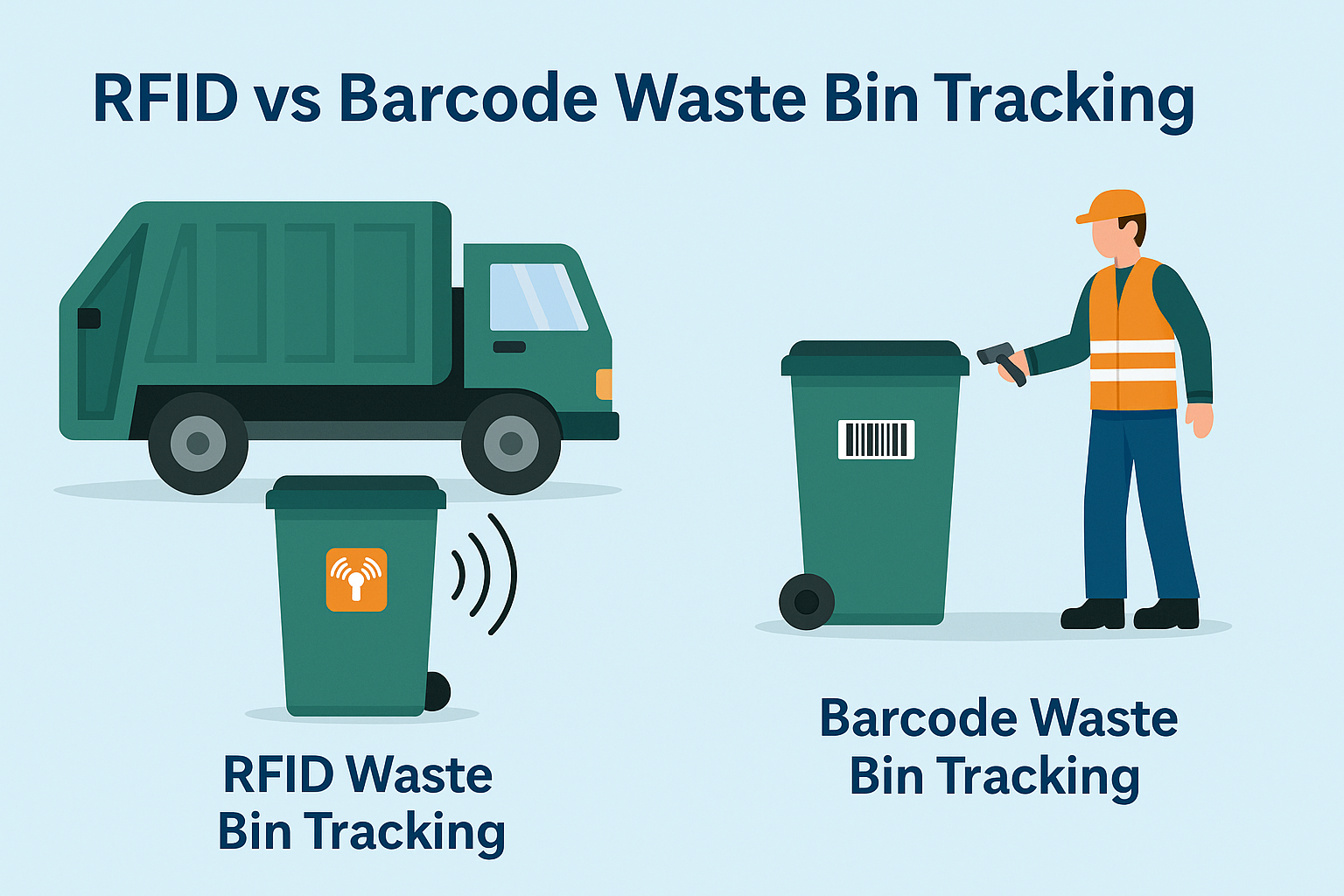
What Is RFID Waste Management
Imagine a city where every trash bin speaks — not literally — but through a tiny chip that tells the system when it’s full, when it’s emptied, and where it went. That’s what RFID waste management is doing today.

What are Bolt Seals and their Applications? | Complete Guide
In global trade and logistics, bolt seals play a crucial role in ensuring cargo security and compliance. These small but powerful devices are designed to lock shipping containers, trailers, and cargo doors with a tamper-evident mechanism.
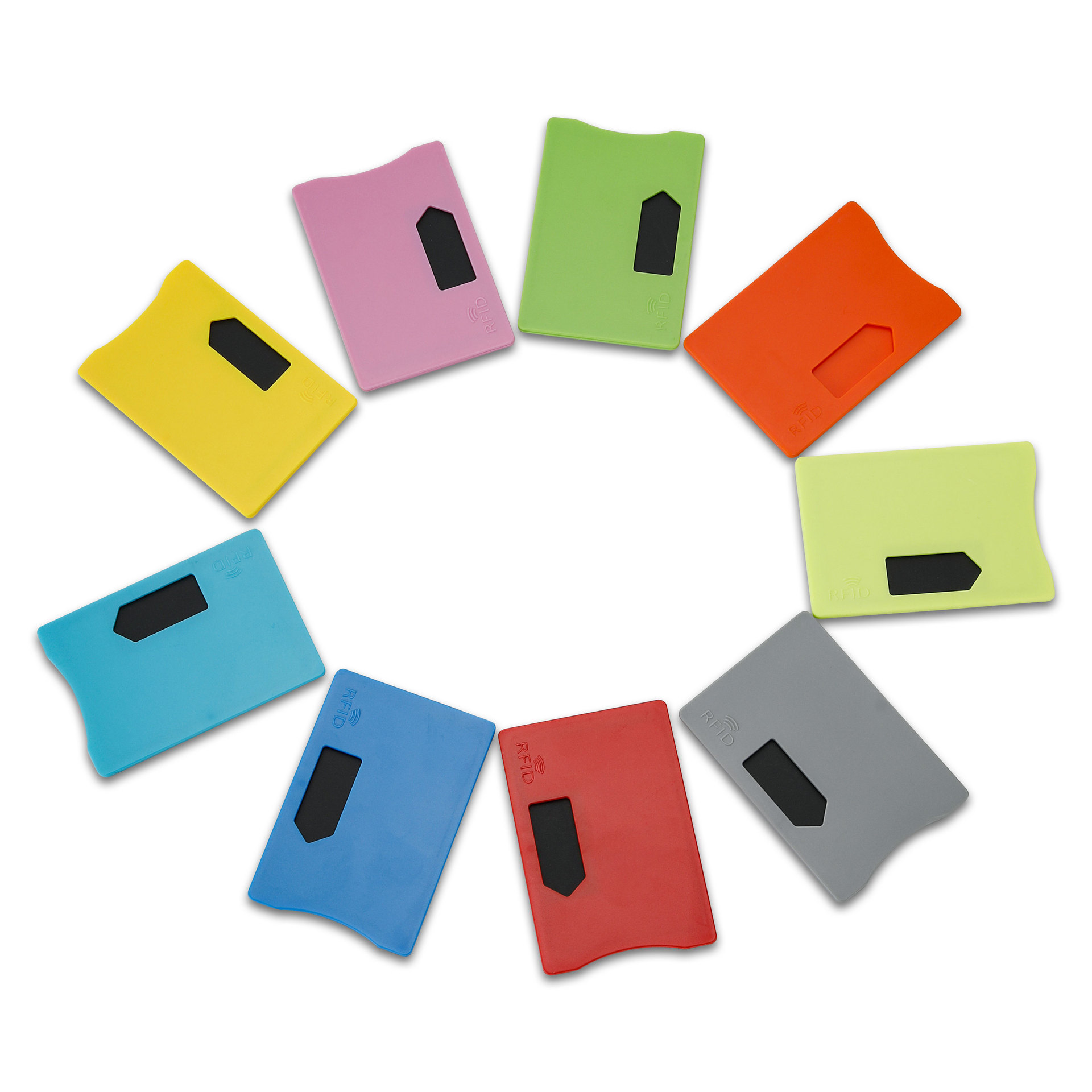
What is an RFID Card Protector? Benefits, Use Cases, and Buying Guide
RFID technology (Radio Frequency Identification) is everywhere: in your credit cards, ID badges, transit passes, hotel room keys, and more. It offers speed and convenience, but it also opens the door to a new kind of digital theft called “skimming.” That’s where an RFID card protector comes in.

RFID Wristbands for Events: Bulk Buying Guide for Organizers
RFID wristbands for events are becoming the go-to solution for organizers who need faster entry, fraud prevention, and cashless payments at concerts, festivals, and sports venues. Unlike paper tickets or QR codes, these smart wristbands use embedded chips to streamline access, secure transactions, and improve the guest experience.
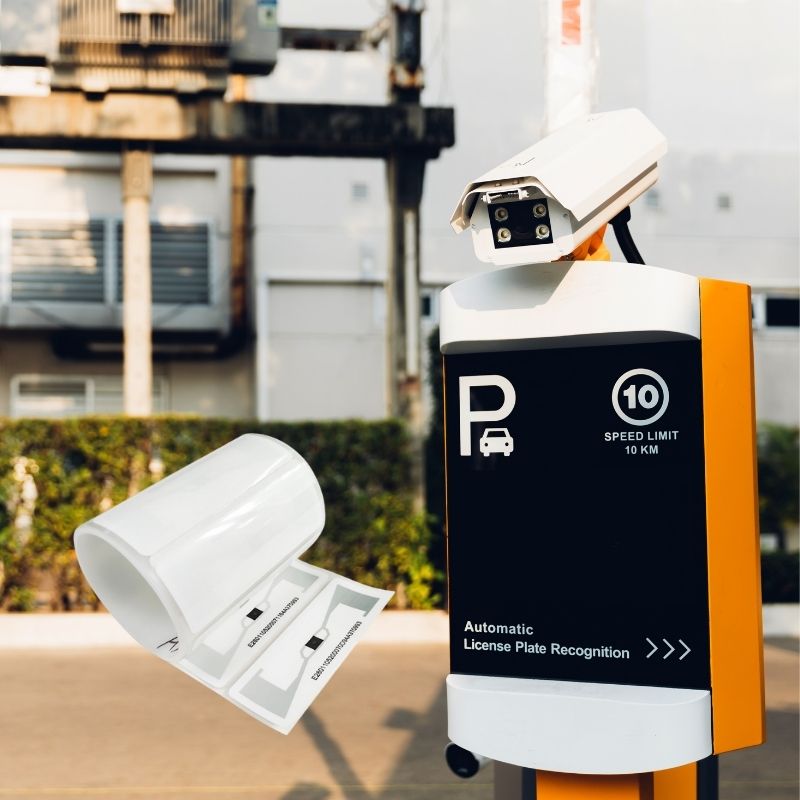
How RFID Tag on Windscreen Improves Vehicle Access Control and Toll Systems
In today’s fast-paced world, vehicle identification needs to be quick, secure, and contactless. An RFID Tag on the Windscreen provides exactly that — a reliable way to manage toll collection, parking, and gated access without stopping vehicles.
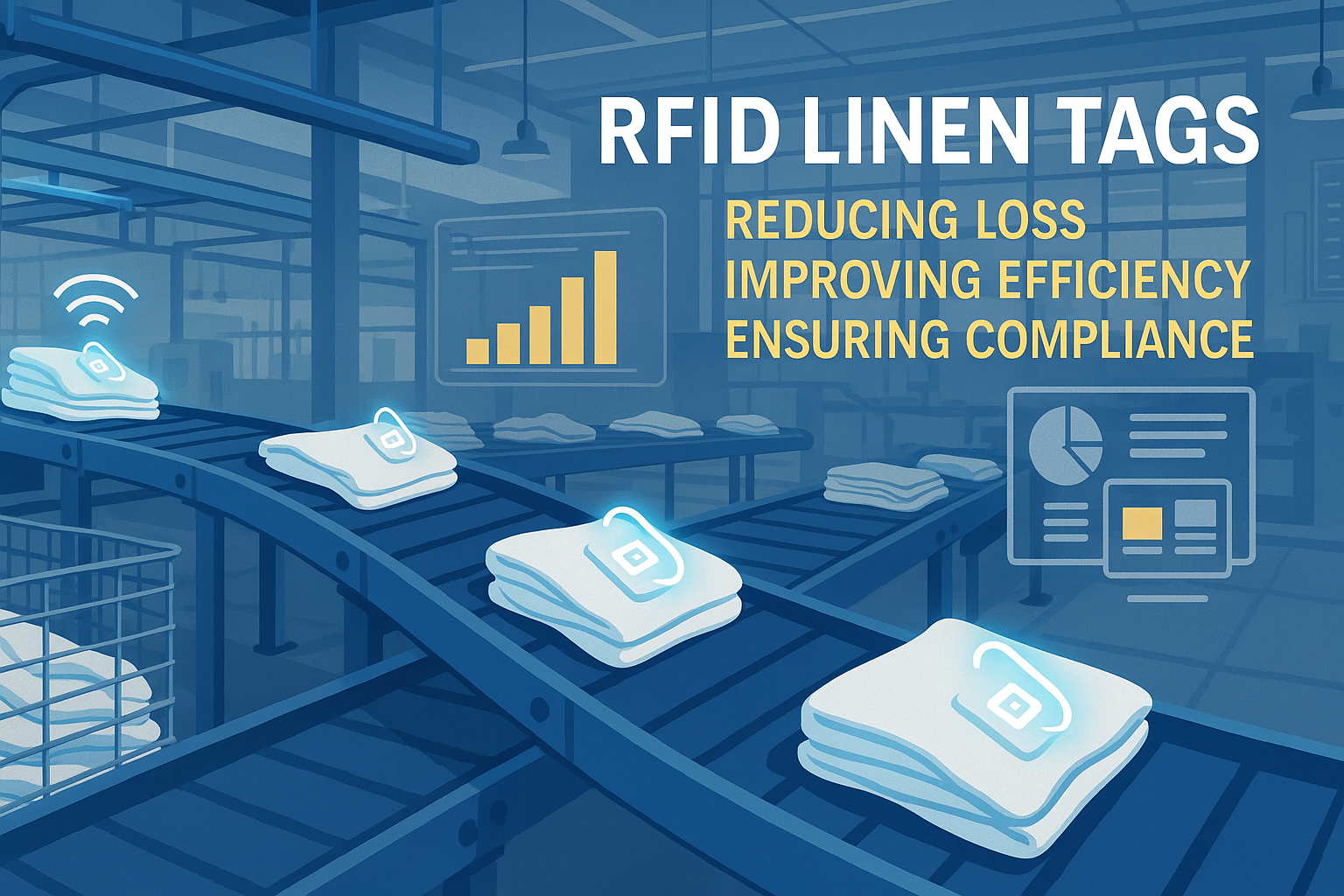
The Benefits of RFID Linen Tags in Commercial Laundry
Managing laundry in hospitals, hotels, or large laundry services is a big job. Each day, thousands of sheets, towels, and uniforms are washed, sorted, and sent back out. But problems like lost linens, sorting mistakes, and manual counting can cost companies a lot of money. For example, mid-sized hotels can lose over $200,000 each year from missing linens.
That’s where RFID Linen Tags come in.
Tags
RELATED BLOGS

What Is RFID Waste Management
Imagine a city where every trash bin speaks — not literally — but through a tiny chip that tells the system when it’s full, when it’s emptied, and where it went. That’s what RFID waste management is doing today.

What are Bolt Seals and their Applications? | Complete Guide
In global trade and logistics, bolt seals play a crucial role in ensuring cargo security and compliance. These small but powerful devices are designed to lock shipping containers, trailers, and cargo doors with a tamper-evident mechanism.

What is an RFID Card Protector? Benefits, Use Cases, and Buying Guide
RFID technology (Radio Frequency Identification) is everywhere: in your credit cards, ID badges, transit passes, hotel room keys, and more. It offers speed and convenience, but it also opens the door to a new kind of digital theft called “skimming.” That’s where an RFID card protector comes in.

